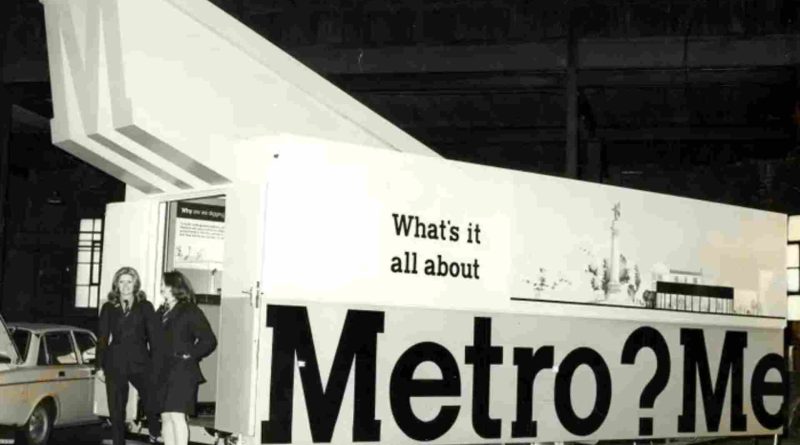Guiding Lines: The Design Legacy of Margaret Calvert
Venturing into the annals of British design history, one cannot overlook the indelible mark left by Margaret Calvert. Her audacious overhaul of road signage not only rattled the establishment but also etched her name in the annals of design history. At 84, can she revolutionize our railway systems as well?
Margaret Calvert’s ubiquitous presence is undeniable. Her iconic road signs loom large at every motorway intersection, their bold letters commanding attention, and on every street corner, cautioning of impending dangers. Now in her eighth decade, Calvert, the visionary behind Britain’s road visual identity, finds herself the focal point of a retrospective at the esteemed Design Museum.
Reflecting on her past, the South African-born designer stands beside one of her renowned school crossing signs, a nostalgic emblem of her legacy. “I may not be as slender as yesteryears,” she muses, “but the hairstyle remains a steadfast companion.” Tasked with modernizing the previous signage, which portrayed a boy leading a girl across the road, Calvert boldly flipped the narrative, placing the girl in the lead, drawing inspiration from her childhood. Her timeless bob, much like her innovative spirit, remains unchanged.
The exhibition, adorning the walls of the London Museum’s atrium, coincides with Calvert’s latest endeavor: a reimagining of Britain’s railway identity. Dubbed Rail Alphabet 2, this project revitalizes the typeface she co-crafted for British Rail in the 1960s with Jock Kinneir, adapting it for the digital era, and imbuing it with a lighter, crisper essence for enhanced legibility.
Amidst the display, Calvert’s meticulous process unfolds. From hand-drawn letterforms painted with gouache to collaborative digitization efforts with former pupil Henrik Kubel, every stroke embodies her unwavering dedication. “Drawing each letter by hand is arduous,” she admits, “but it adds a personal flair, free from fleeting fads.”
Adjacent to her railway marvels, Calvert’s original gouache paintings of motorway signs stand as testaments to her ingenuity. These vibrant works, no larger than A3 sheets, leap from their encasements, reminiscent of bold pop art. Accompanying photographs starkly contrast the chaotic signage landscape preceding Calvert’s intervention, echoing typographer Herbert Spencer’s lament of a “jumbled jungle of words.” Yet, amidst the discord, Calvert and Kinneir’s streamlined vision prevailed.
Their avant-garde sans-serif aesthetic, influenced by German modernist design, faced resistance from traditionalists. Nonetheless, their pursuit of supreme clarity triumphed. Writer and graphic designer Adrian Shaughnessy lauds their achievement as the epitome of typographic excellence, enduring through decades of change.
Beyond the realm of road signs, the exhibition delves into Calvert and Kinneir’s diverse portfolio, from innovative luggage labels for P&O ferries to visionary proposals for urban identities. Yet, perhaps the most poignant display is a tribute to Calvert’s tenure as an educator at the Royal College of Art, where she sculpted minds and molded futures.
Margaret Calvert: a maverick, a mentor, a design luminary whose influence transcends the asphalt, leaving an indelible imprint on the fabric of British design.

